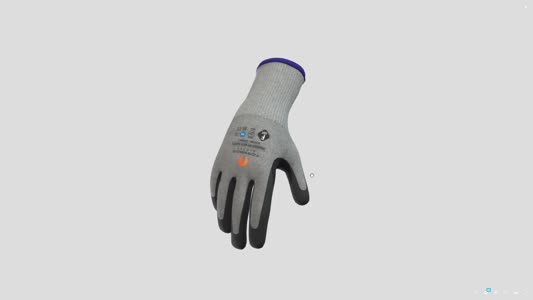
 |
Mark Sennett
Managing Editor |
 |
Kelly Rose
Editor |
| Home> | Industry Update | >Company News | >The hidden workplace risks of cold weather |
| Home> | Managing Health & Safety | >Environmental Monitoring | >The hidden workplace risks of cold weather |
The hidden workplace risks of cold weather
11 December 2024
EMPLOYERS CAN limit the negative health impact of the cold weather, says John Kushnick.

In recent weeks, winter has officially arrived in the United Kingdom. Following Storm Bert and a weekend of heavy rain, flooding and strong winds, parts of the country are now facing fallout.
With unpredictable weather and a high likelihood of ice and frost comes risky working environments, especially for those in labour intensive, outdoor jobs.
This is especially relevant now, due to The Royal Society for the Prevention of Accidents (RoSPA) warning that the country is "facing an accident crisis" after it’s data showed a UK-wide rise of 42% in accidental deaths over the last decade, with more than 20,000 people killed each year.
Employers must protect their workers in these conditions to battle long term sick leave and ensure all employees are well cared for at work – so what should they be looking out for?
How cold is too cold?
Cold temperatures both make working conditions uncomfortable and pose safety risks. When hands and feet become cold, carrying out tasks can become painful, and the loss of sensation increases the risk of accidents. Cold environments can lead to loss of concentration, tiredness, and even more severe conditions like vibration white finger or muscular injuries. For these reasons, employers must ensure the workplace remains safe during the colder months.
Workplace temperatures are covered by the Workplace (Health, Safety and Welfare) Regulations 1992, which place a legal obligation on employers to provide a ‘reasonable’ temperature in the workplace. The regulations suggest that the minimum temperature should be at least 16 degrees, or if the work involves rigorous physical exertion, it can be 13 degrees.
There are no laws which specifically state that workers can stop working if the temperature gets too hot or cold. However, every employer has a responsibility to maintain a safe working environment and must protect the wellbeing of their employees under UK law. This legal obligation is otherwise known as ‘Duty of care’. If an employer neglects their responsibility, and this results in someone falling unwell or being injured, that person may be able to claim compensation.
Reducing risks
As mentioned, when working outdoors, the risks of working in cold conditions are heightened. The cold temperatures often create ice, significantly increasing the risk of falls and slips. Industries such as construction, delivery services, and outdoor maintenance are particularly affected, and it’s clearly not practical to maintain a workplace temperature in excess of 13 degrees in these environments.
As such, precautions are essential for outdoor workers. Employers are advised to provide suitable equipment and protective clothing such as hats and gloves, as well as waterproof and breathable clothing for manual workers. Additionally, rotating work from cold to warm areas, or scheduling outdoor work for the warmer part of the day can help reduce health risks. Employers should also set up warm rest areas with facilities to make hot drinks, and keep air-flow to a minimum to reduce drafts and protect workers from the cold.
Adjusting conditions for vulnerable employees
The individual needs of vulnerable employees must not be forgotten or overlooked, such as those who are pregnant or have health conditions such as heart, circulation, or breathing issues, including emphysema. These individuals risk being more sensitive to working in cold temperatures, therefore extra precautions, such as flexible working hours, remote work options, or additional heating should be implemented.
Failing to accommodate to vulnerable workers throughout the winter season could not only lead to serious health implications but also legal consequences if employers are found to have neglected their duty of care. However, keeping workers warm and safe is not just about avoiding legal issues; it’s about ensuring employee wellbeing and maintaining productivity during the winter months, no matter the personal circumstances.
It is critical that employers take their duty of care seriously. By conducting risk assessments, providing the right protective measures, and adjusting working conditions where necessary, they can prevent staff from falling unwell or being injured. In turn, this will help to boost productivity and maintain the health of the workforce – something that will only grow in importance as the Labour government endeavour to ‘Get Britain Working’ and remedy the increasing rate of workplace sickness across the country.
John Kushnick is legal operations director of National Accident Helpline
- Protecting lone workers in a warming world
- Managing psychological stress in the workplace
- Integrating fork lift trucks with RFID
- The forgotten risk to safety
- The differences between low and high concentrations of H2S gas
- A greener future
- Important safety tips in industrial workplace
- Road deaths rise a wake-up call for businesses
- Achieve a culture of competence
- Be prepared for cardiac events























